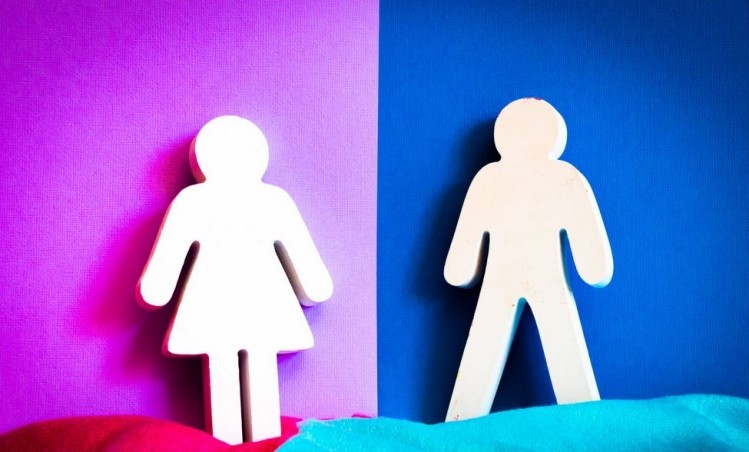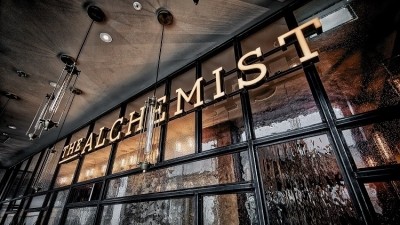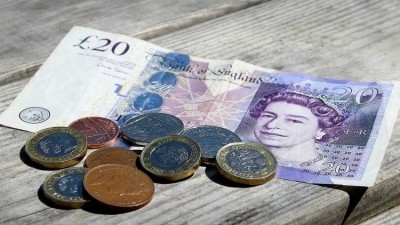Spotlight
The pubco gender pay gap

Discussions around the gender pay gap can be confusing – it is different to unequal pay, where employees are paid different rates for the same work. Instead, it usually signals a disparity in the number of women and men in top jobs or more women in part-time jobs.
The mean pay gap is the difference between a company’s total wage spend per woman and its total spend per man.
A percentage is calculated by taking the total wage bill for each and dividing it by the number of men and women employed by the organisation.
British companies with more than 250 employees must report their annual gender pay gap data on a Government website. It is the second year businesses have been required to publish this data.
Transparency is important
The nature of the hospitality sector means there will be an ever-changing array of employees working on different contracts, multiple roles and paid different wages.
However, though it may take time to put together, the exercise is beneficial to business – even if you do not have 250 employees, as transparency can be worthwhile.
UKHospitality (UKH) chief executive Kate Nicholls encouraged pub companies of all sizes to report their data.
She said: “One of the sector’s strengths is its inclusivity and willingness to offer chances to anyone hungry and talented enough, regardless of, among other things, gender.
“Although there is no legal requirement for businesses with fewer than 250 employees to report, smaller businesses are encouraged to do so, to highlight the positive action pubs do.”
Punch and Ei Group were the companies with the largest difference in the mean hourly rate paid to women and men across the businesses, with a 44% and 38% gap respectively.
Companies with the lowest pay gaps for the 2018-19 reporting period included BrewDog, the Alchemist and JD Wetherspoon. Young’s Brewery reported the same gap as last year, of 10.6%.
Some companies registered multiple figures, under different areas of business. For example, Mitchells and Butlers said its consolidated group figure, which includes companies Orchid and Ha Ha, was a 7.4% mean pay gap, but reported gaps of 26.1%, 5.1% and 4.8% to the Government for its different branches.
Greene King also provided a combined statistic of 13.5% for both areas of its business, which were reported as 3.1% and 14.5%.
Analysis by UKH found that hospitality – out of 85 sectors – is the fifth closest to parity, with a gap of just 2.8%.
An initial barrier for progression in this area is the myth that there is, in fact, no gender pay gap.
Many have come to believe that discrepancies between the numbers of women and men in top roles is simply a natural consequence from women wanting to become mothers or not being as ambitious to pursue higher-paying roles as men.
Others argue that presentations of percentage gaps lack the nuance and context that would explain differing roles.
Niamh McIntyre, who writes for The Guardian, said the median gap “smooths out nuances and doesn’t account for differences in specific job roles, age, or previous experience”. But this does not mean data should be dismissed – merely investigated further.
Contributing factors
In an industry in which the afternoon and evening hours are crucial, it can be difficult for parents to find hours that suit their childcare needs.
Some women take career breaks to have children and then struggle to progress in their role after returning.
Other factors are also at play – biases and inattention in recruitment and promotion processes prevent women climbing the career ladder.
Trades Union Congress (TUC) women’s equality policy officer Sian Elliott explained: “Inequalities in access to work, progression and reward are all key factors driving the gender pay gap.
This is especially true for disabled women, women from BAME (black, Asian and minority ethnic) backgrounds and those with caring responsibilities.
“Women are over-represented in part-time work where pay is often lower and there are fewer opportunities to progress compared to full-time workers.
“Unequal pay, occupational segregation and undervaluation of work predominantly done by women contribute to the gender pay gap.”
When asked what elements contributed to gender pay gaps in the sector, Nicholls added: “Hundreds of years of inherent sexism, but that is not, by any means, exclusive to hospitality.”
Take action now
The Government Equalities Office has produced guidance for employers outlining several actions that can be taken to narrow the gap.
It suggested businesses ask several soul-searching questions about their work hierarchy and recruitment processes. For example, are women more likely to be recruited into lower paid roles in your organisation? Is there a gender imbalance in your promotions? Do people get ‘stuck’ at certain levels within your organisation?
British Beer & Pub Association chief executive Brigid Simmonds said there is work to be done on retaining female employees in the sector.
She said: “We need to do more to encourage more women to work in our industry, and we need to do things that encourage them to stay.
“That’s about making sure we understand the work-life balance that exists for all employees but can be particularly hard for women who may take a break.
“If you want to encourage people to go on to senior levels, you’ve got to make sure that you try and keep them and you make it work for them.”
Simmonds claimed about 53% of people working in pubs are female, but said this representation is not matched at senior levels.
“We have a large number of senior female brewers, of women who work in HR and property within our businesses, but we don’t at the moment have that many chief executives,” Simmonds added.
“Recruitment always has to be fair and we all need to do more to remove any barriers that prevent women from progressing in our workforce.”
Employment process
Tackling any biases around gender in hiring processes can only benefit businesses, added Marian Evans, managing director at business consultancy firm Elevate.
Evans said: “If employers look at the skill-set and recruit and pay accordingly, they will, by default, get the best people for the job regardless of gender.
“If you have a pay gap problem, you will find it increasingly difficult to attract talent. It speaks volumes about an organisation’s culture. Be the type of organisation people want to be part of, male or female.”
Clarity and transparency from employers is crucial. “You just have to be open and honest with each other,” explained Joe Cussens, managing director at The Bath Pub Company.
He continued: “Having a clear job description from the outset is useful, when you very first employ somebody because that defines the job and what is required in terms of duties and hours and so on. You have an obligation to be flexible and to be accommodating.”
This sentiment is shared by the TUC’s Elliott.She said: “Employers should advertise roles at all levels as flexible from day one and make their maternity and shared parental leave policies publicly available.
“The recruitment processes should be fair and transparent – valuing skills and experience rather than personal characteristics.
“They should support more women to progress within their organisations by offering jobs at all levels as part-time, job share or flexible working.
“Introducing competitive paternity and shared parental leave policies that encourage men to do their share of childcare, would reduce workplace bias towards mothers as the primary carer.”
Women’s ambitions to progress in a company should be supported by employers. Evans and Elliott suggested matching employees with suitable mentors to inspire and support their development.
The sector has many reasons to feel positive about its progress, industry experts claimed.
“The continued shrinking of the gender pay gap in the hospitality sector is incredibly positive news,” said UKH’s Nicholls.
“It highlights the forward-thinking and inclusive attitude of our sector and the hard work employers have done to provide opportunities, irrespective of people’s gender.
“We are truly passionate about providing opportunities and meaningful career progression. The figures confirm our message that, within hospitality, there are no barriers to progression.
“To be the fifth closest to parity is excellent and I am sure hospitality businesses will continue to build on this and shrink the gap even further.
To move from 15th last year to fifth this year shows that we, as a sector, are not content to sit idle and are actively working hard to promote equality.”
Change is happening
W2O Consulting & Training gender diversity expert Inge Woudstra agreed that change is happening, helped by the Government’s reporting scheme.
“It’s clear more organisations are now aware they have an issue and the topic has gone up on the agenda, and is increasingly on the agenda of the board,” she explained.
“Organisations that didn’t know what to do last year, have started taking more concrete, deliberate actions.”
Evans added: “The tide is slowly changing. The attention that the pay gap is now receiving means that organisations can no longer hide and that women increasingly know their worth.
“Unfortunately, it takes time for cultures to evolve, but the momentum is undoubtedly building.”
- Interested in working in the pub industry? Then take a look at MA’s jobs site.







